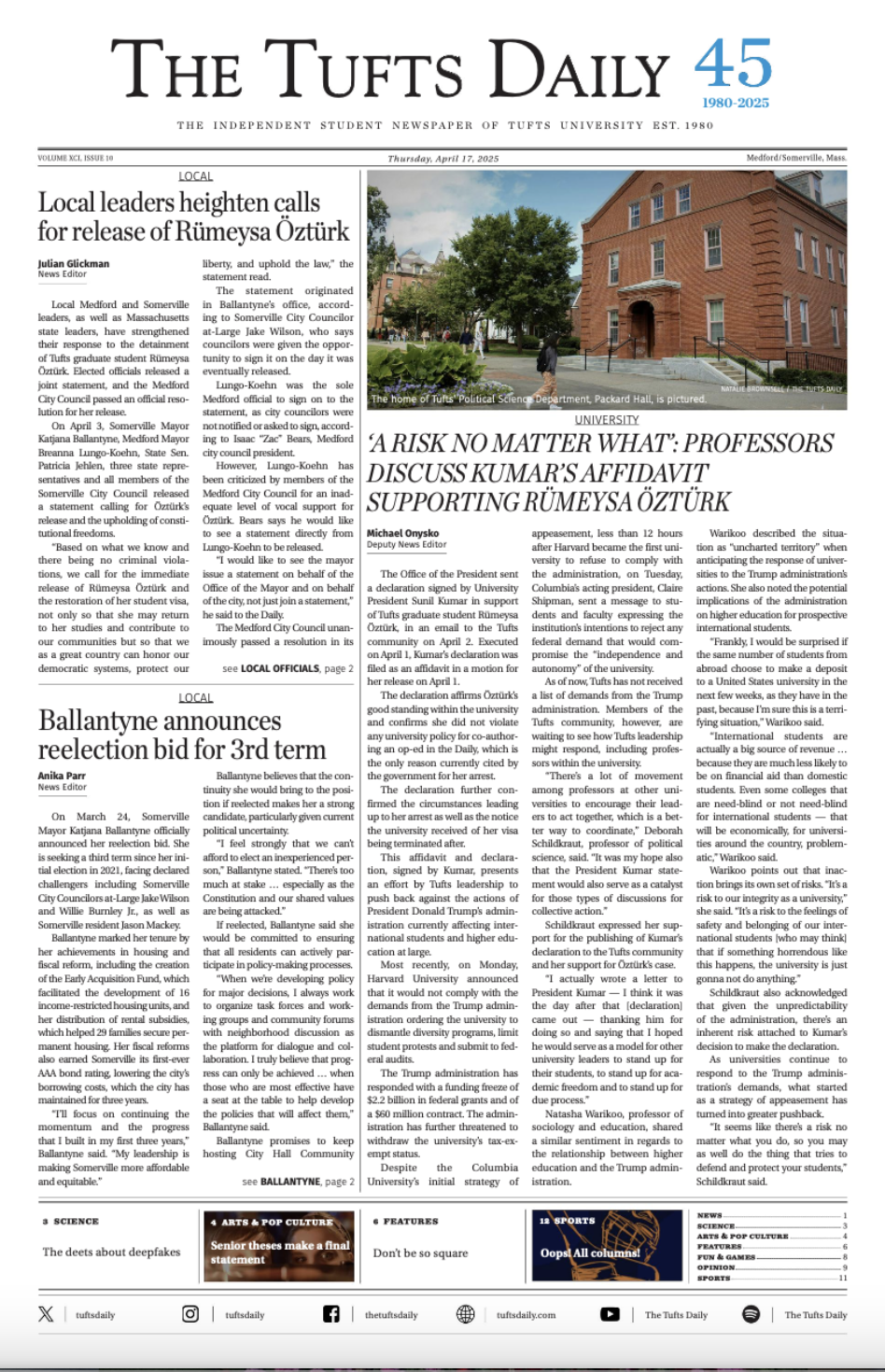Two hundred years ago, the Industrial Revolution forced massive changes upon the global economy. Education followed suit, with new jobs and technologies requiring a more educated workforce. Now, in the midst of the Internet Revolution, many believe a similar shift is occurring, one where high school isn’t enough and a college education is necessary.
But even if that shift is upon us, is universal free college the best answer? Let’s break out of The Echo Chamber to find out.
When discussing free college, many people look to the European system for inspiration, with Germany and the Scandinavian countries as the strongest examples. But when you break it down, these nations are poor comparisons to the United States. Germany, for example, offers tuition-free higher education. But, along with a myriad of other issues, Germany has a population that is a quarter that of the U.S. and the third-highest tax burden in the world (compared to the U.S. at No. 24).
In the U.S., public universities cost around $9,410 annually for in-state residents, while private universities cost an average of $32,405. To put that in perspective, the 2015 median annual income in the U.S. was $56,516, or just over six years of public college tuition. These education costs have led to over $1.2 trillion of student debt with 70 percent of graduates from four-year colleges leaving school with unpaid loans. But what would taking that $9,410 down to zero actually do?
While universal free college would provide a much easier path for all Americans to receive higher education, it comes at a cost. In the plan put forth by Bernie Sanders earlier this year, free undergraduate tuition would cost around $75 billion a year, with two-thirds being funded by a federal tax on Wall Street trading and one-third of the burden falling on cash-strapped states.
But, say college was made free. Enrollment in free public institutions would skyrocket, as would the costs to cover these new students. This paradigm shift could easily lead to the trap found in the Brazilian higher education system where the better-educated attend free public universities, and those who are poorly educated have to pay their way through mediocre private universities. Another solution was proposed by President Obama in 2015: a free two years of community college. This proposal, called America’s College Promise, was loosely based on Tennessee’s Promise program, where all tuition fees not covered by federal grants are paid for by the state lottery. The program has already led to a six percent increase in enrollment and a surprisingly successful retention rate due to Tennessee’s innovative mentorship program. But critics argue that community college graduation rates are too low for the costs to be worthwhile and that Tennessee’s plan actually harms low income students by covering all students rather than only those that need it.
With rising tuition fees, unfathomable student debt and a continually widening income gap, higher education in the U.S. needs reform. But is universal free college the best way to improve our system? That’s for you to decide. I just hope that you enjoyed some time outside The Echo Chamber.
The Echo Chamber: Universal free college, a good thing?






